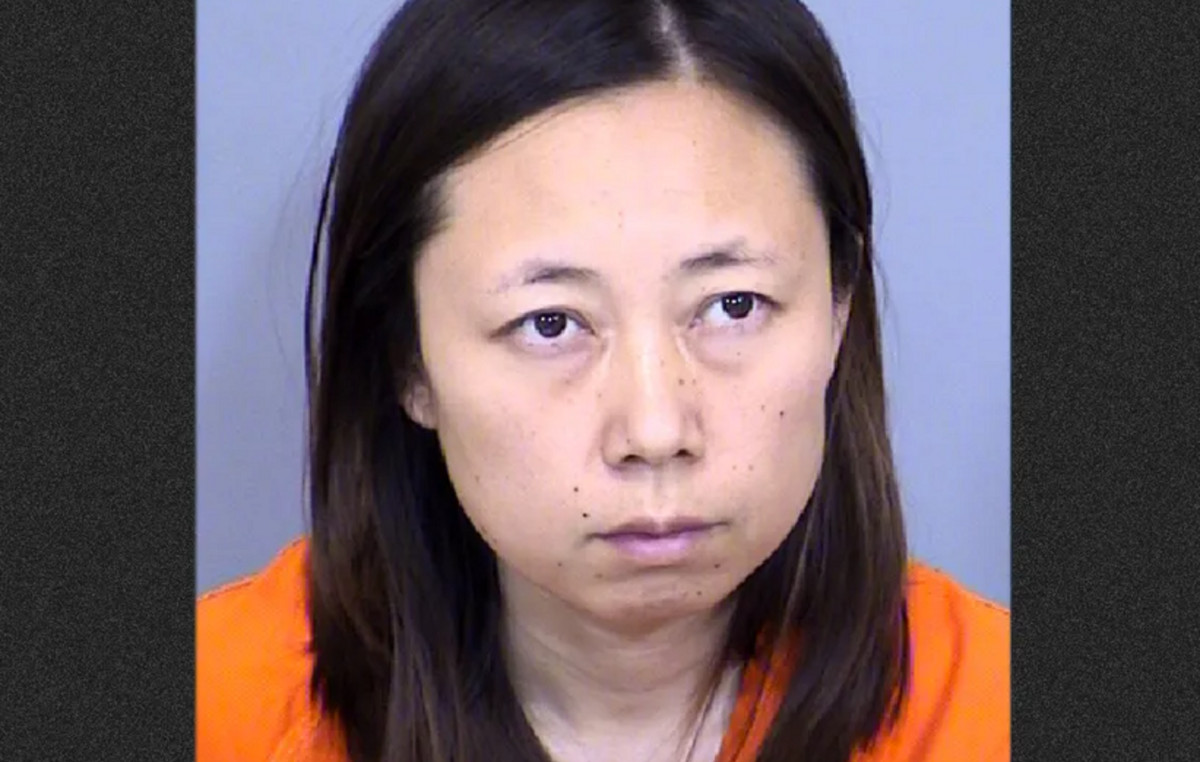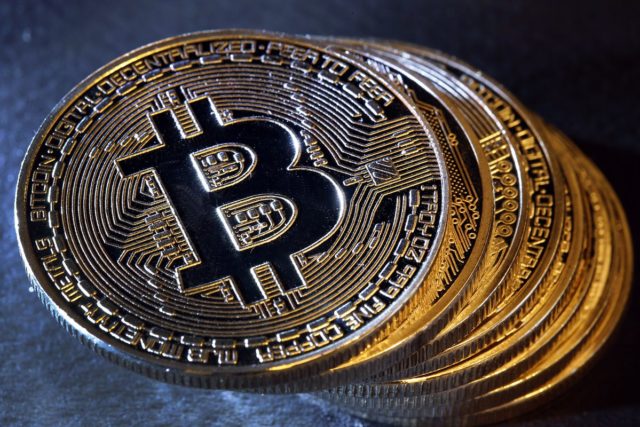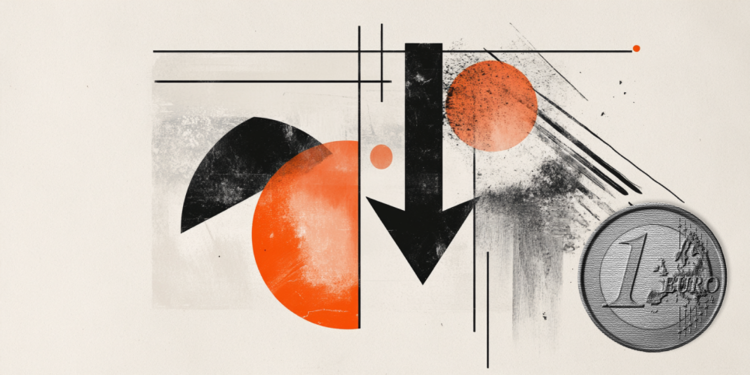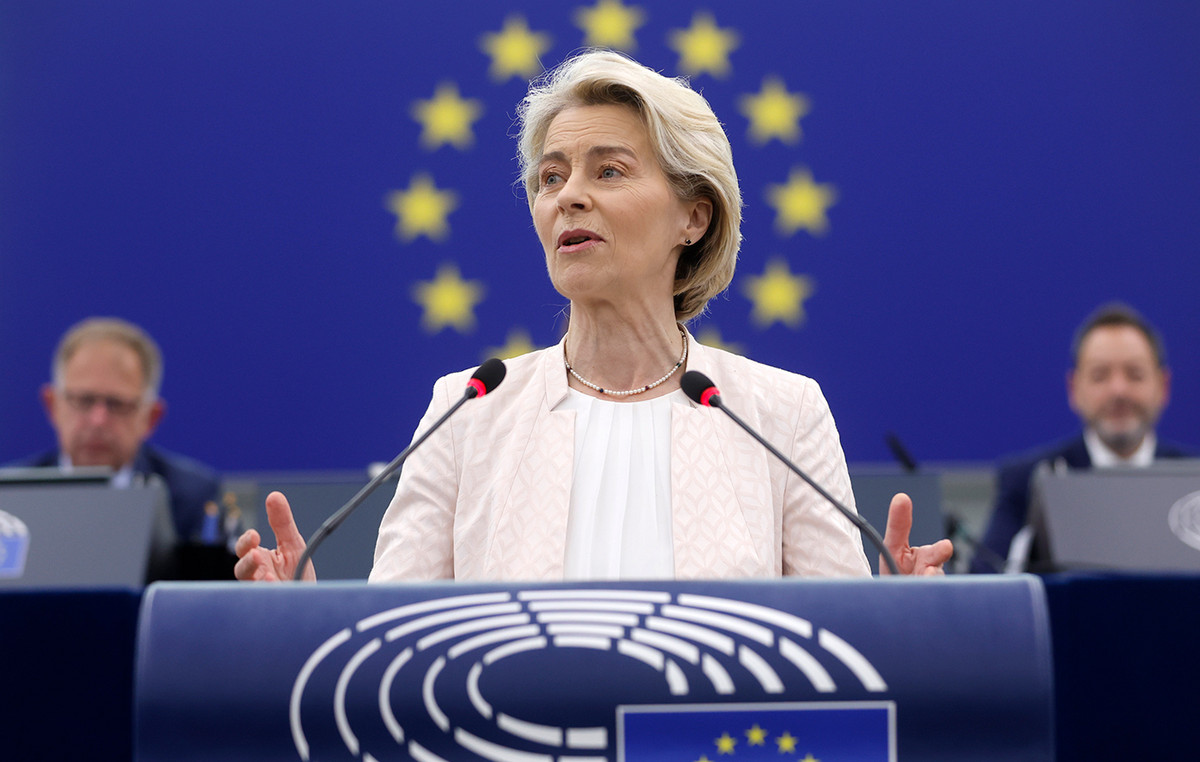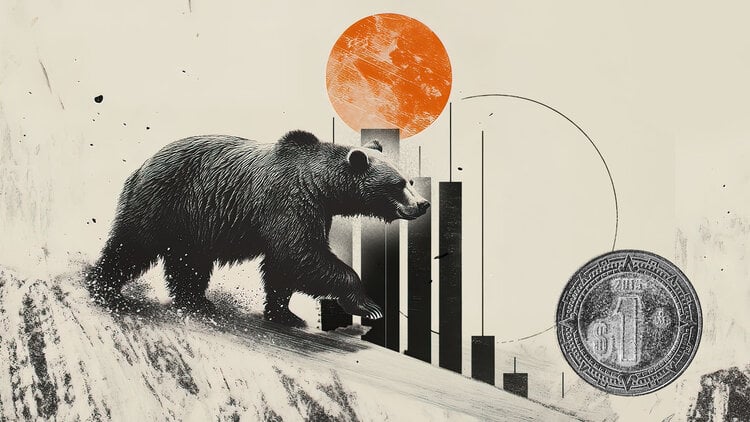The month of July registered the first drop in the prices of import in fertilizers throughout Brazil throughout the year. According to data from the Secretariat of Foreign Trade (Secex), compiled by the consultancy HN AGRO at the request of CNN the average price fell by 3% compared to June, after six consecutive rises in the quotation.
However, comparing July this year with July 2021, an average increase of 129.3% was recorded. As a result, there was a historic record of spending on imports in the month: US$ 3.33 billion.
The value represents an increase of 1.1% compared to June this year. In comparison with July 2021, the increase was 157.1%.
According to Secex data, the average price of fertilizers increased from approximately US$ 335 per ton in July last year to almost US$ 770 per ton in July 2022.
In relation to the volume imported in the last month, there was an increase of 4.3% compared to June 2022, and 12.1% compared to July 2021.
For Hyberville Neto, director of HN AGRO, this slight drop in import costs and the increase in the volume purchased in the international market reflect a scenario of less uncertainty regarding the supply of fertilizers at a global level, despite noting that prices are still very high. .
“The scenario now is one of consolidation and guaranteeing the planting of the next crops. The lower prices reflect a more peaceful scenario, or less tense at a global level from the point of view of supplies, but still at high prices. In other words, there is still a scenario of reduction in the attractiveness of the agriculture margin in several cultures”, he explained.
He also states that there should not be major impacts for the final consumer, since the projections are good in relation to the next crops, with fertilizers already guaranteed.
According to Gilberto Braga, professor and economist at Ibmec, the 3% drop in the average price of fertilizers observed is the result of agreements and partnerships that diversified import routes.
“The drop in July compared to May is associated with advances in negotiations that allowed the establishment of a logistical corridor for wheat exports through Ukraine. It is expected that something similar can happen with fertilizers. This is an emblematic advance that has lowered the price curve a little bit,” he says.
Regarding the record high of import expenses, Braga explains that the result is due to the war in ukraine and the Brazilian dependence on fertilizer imports from the region.
“The increase in prices is natural and due to the combination of reduced supply due to transport difficulties, financial payment blocks and intrinsic geopolitical risks”, assesses Braga.
According to him, at first, Brazilian agribusiness was supplied and was able to take a conservative stance, hoping that the conflict would have a quick solution and the market would normalize.
“With the evolution of time and the use of stocks, change in the climatic season and change in the planting cycle of different crops, there is a moment when the segment is forced to import fertilizers and pay more for the product”, he points out.
In the first seven months of this year, Brazil registered a record import of 23.7 million tons of fertilizers, an annual increase of 15.5%, also with expenditures never before recorded, of US$ 16.2 billion, an increase of 174 .8%. The average price until July was US$ 682.7 per ton, an increase of 138% compared to the same period in 2021.
According to the director of HN AGRO, despite the increase in the cost of importing fertilizers, the transmission to grain prices is not direct.
With this, there is not necessarily an increase in the costs of chicken and pork producers, which could cause an adjustment in the production of these meats and would reach the final consumer, considering the supply chains corn and Soy .
He says that the upward trend in the area of agriculture usually continues even in moments of margin reduction, with a positive level in recent years.
“Despite the increase in costs in 2021 and 2022, grain prices came in at good price levels. So I would say that we do not have a strong impact from the point of view of consumer pricing in these fertilizer cost components, at the final end. But if corn or soybean meal rises, influenced by the balance of supply and demand, then it could impact the production and prices of chicken and pork meat”, he points out.
Hyberville also claims that fertilizer purchases continue to reduce concerns about the availability of inputs. However, the price level remains high and, from a cost point of view, it will be an additional challenge for the 2022/23 cycle.
However, he understands that the trend is for the price to stabilize, albeit at a higher level than the historical average, with the passing of international crises.
“The market is adjusting after the price spikes in recent months for the various nutrients. The drop in oil and derivatives (natural gas) directly affects nitrogen fertilizers. In general, the sector has undergone an adjustment after the price spikes of recent months, but still at historically high levels”, he assesses.
As for Fernando Cardoso, fertilizer specialist and manager at Loyder Brasil, an industry in the sector, as Brazil greatly anticipated imports due to the war in Ukraine, inventories are high, at record levels. But plenty also produces problems.
“We have a lot of product in stock, which needs to be shipped. At this point, there is an aggravating factor. If the product stays in stock for a long time, it can suffer chemically and deteriorate. I have no doubt that we will have a very complicated logistical bottleneck to meet internal deliveries to the rural producer, this is very clear to me. Perhaps at this point the producer will end up paying dearly to have the input on his property”, said Cardoso.
Currently, Brazil imports 85% of domestic fertilizer demand. THE Russia is the main world exporter of the input.
Source: CNN Brasil
I am Sophia william, author of World Stock Market. I have a degree in journalism from the University of Missouri and I have worked as a reporter for several news websites. I have a passion for writing and informing people about the latest news and events happening in the world. I strive to be accurate and unbiased in my reporting, and I hope to provide readers with valuable information that they can use to make informed decisions.

